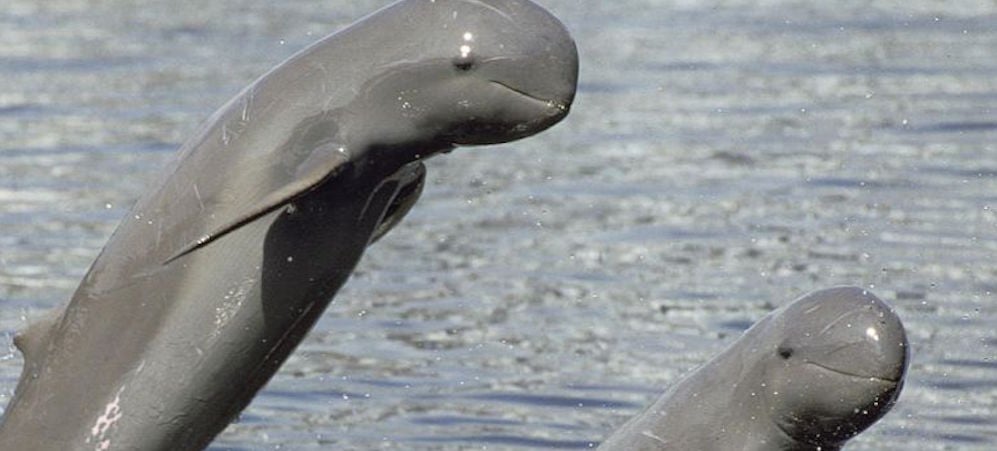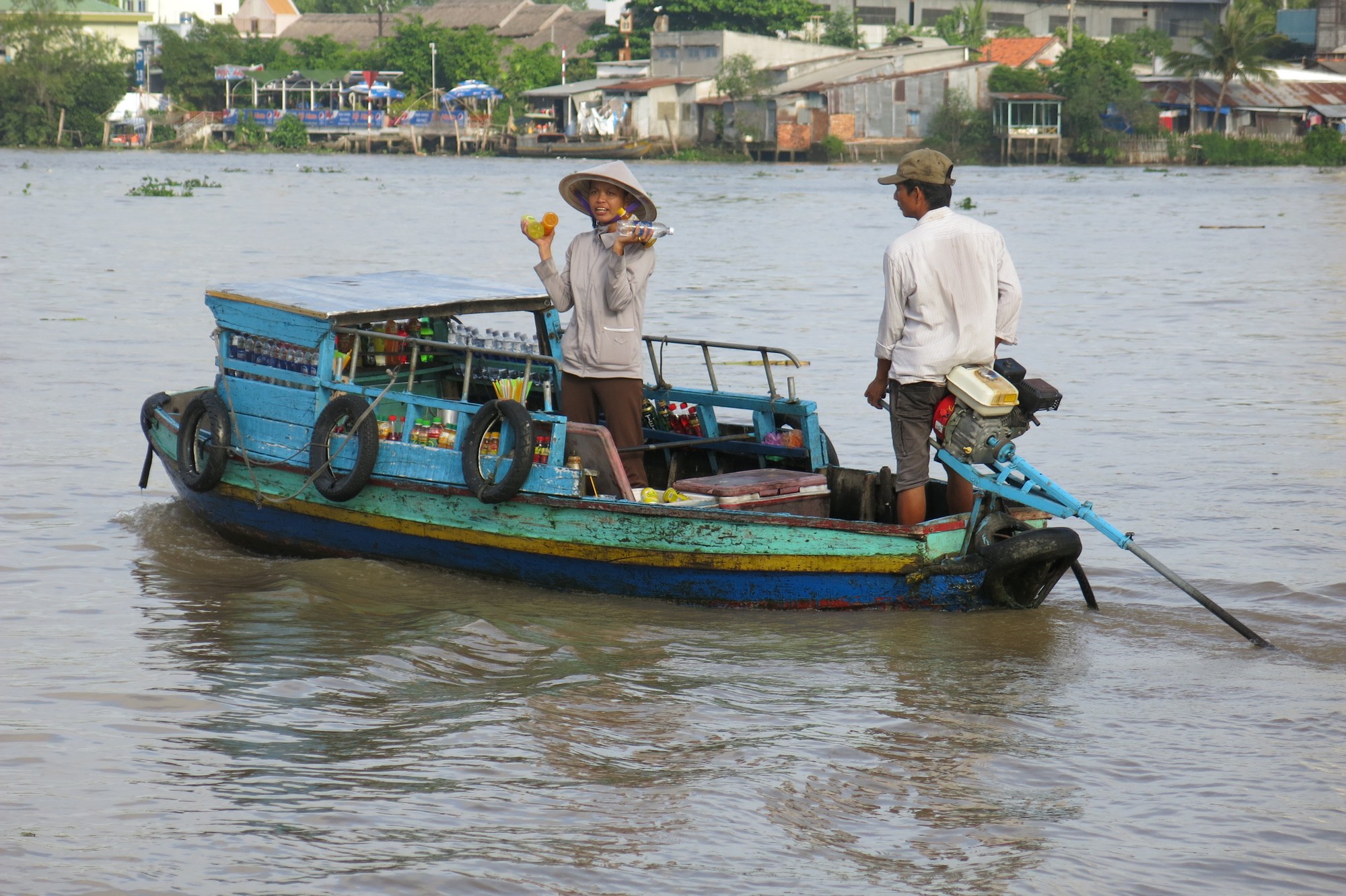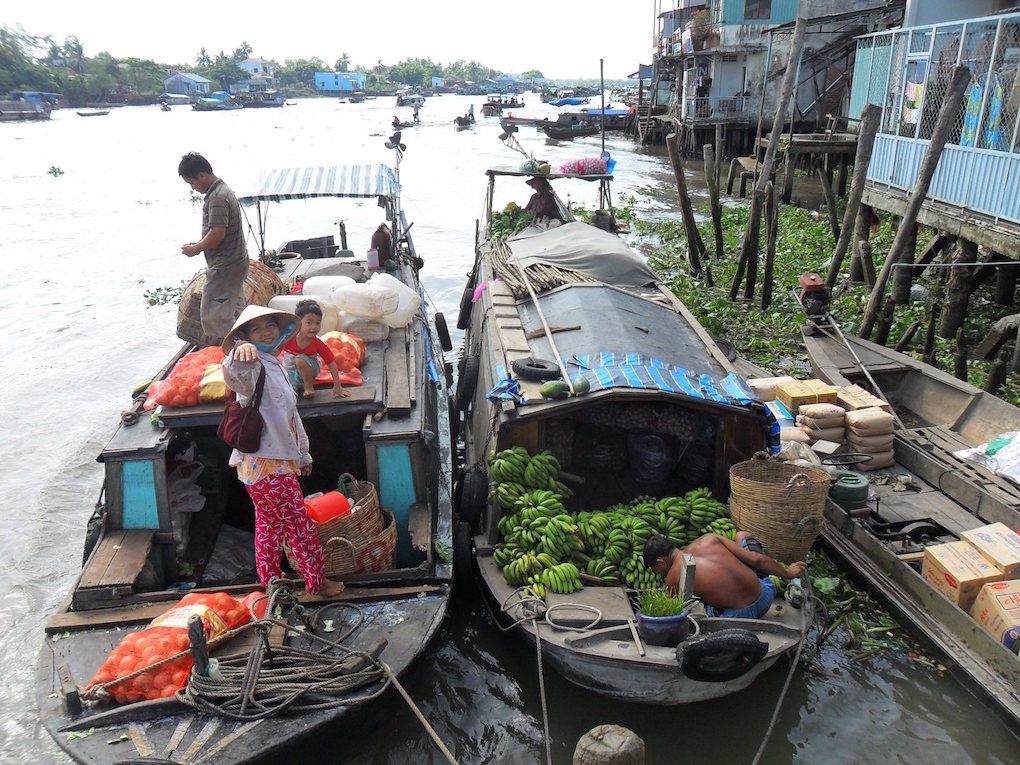The Mekong River now has so many dams that one of the worlds mightiest rivers could almost run dry. In the dry season, river levels do in fact become dangerous for the rare river dolphins, Orcaella brevirostris Illegal fishermen and stranding opportunities increase, but the good news this March, as river levels rise again, is that no animals were lost and 3 calves were born near the delta. 688 river guards protect the dolphins and the river in Cambodia and the Lao PDR, and that investment surely must be helping! The WWF report the story here.
Many plants and animals rely on the might flow of the Mekong, with 1100 fish species alone, thousands of insects, mammals, amphibians, birds and reptiles well-known to researchers. The dolphins feed on fish, cephalopods and crustacea, facing intense competition from humpback and bottlenose dolphins when at the coast. Perhaps the 90 or so dolphins in Lao PDR and Cambodia can act as suitable emblems of the extinction possibilities threatening the rainforest and the riverine species. This dolphin is classed as Vulnerable, according to the IUCN Red Book classification, like many others of its order and so many others in the rapidly disappearing habitats around SE Asia.
Other populations of Orcaella exist in Borneo, Myanmar and India, easing the situation on the surface, with estimated populations of 7,000. However, these populations are entirely isolated according to all research, leading to the belief that they are really much more of a threatened species than the simply Vulnerable.
The surprise close relative is the Australasian snubfin dolphin, Orcaella heinsohni, which was considered just another population until 2005. The imposing killer whale or orca is also related, though very distantly, as the Latin name implies, while the Orcaella shape is very like that of the beautiful beluga. Perhaps well leave it to the photograph to convey the spirit of this shy but vigorous cetacean.
Image: Roland Seitre/WWF





